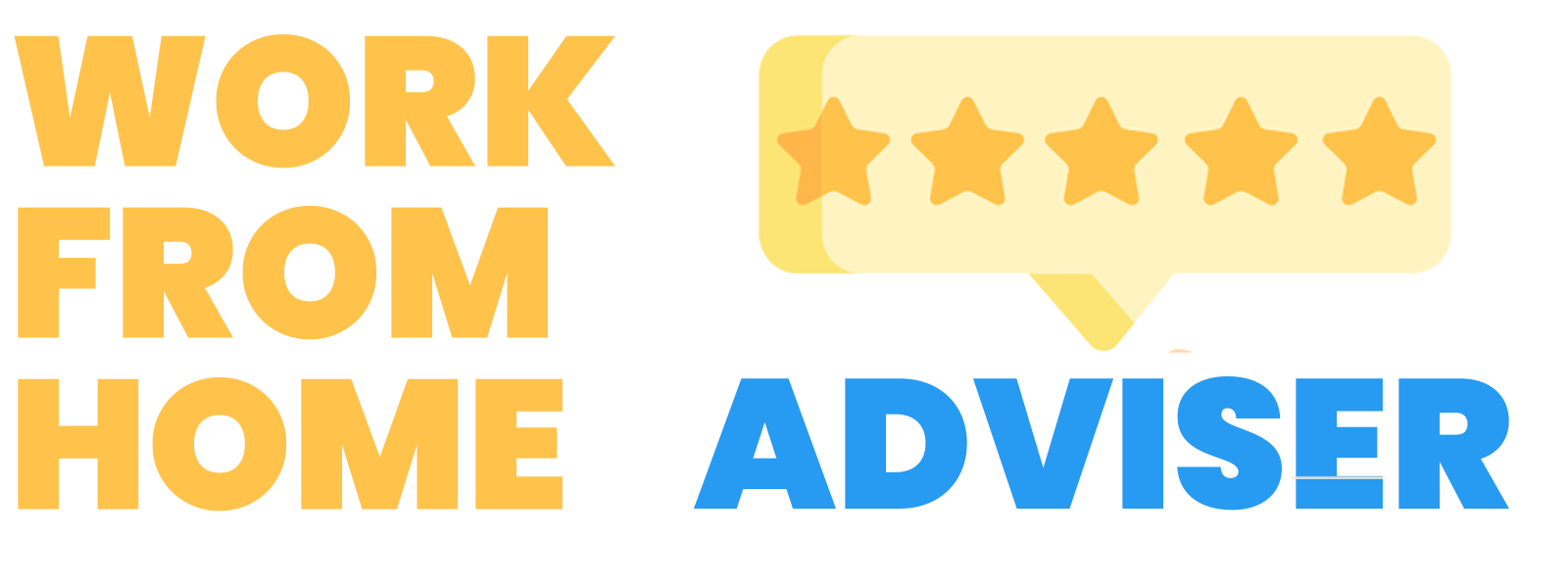I am the CEO of a company and manage my staff remotely. In our first 2 quarters of full remote work we saw a 15% monthly increase in sales every month. This is all remarkable because we sell mostly hardware. Our most popular inventory consists of curved computer monitors, laptop stands for home office workers, and backlit keyboards for gamers.
What inspired this growth? Are there lessons that pertain to your business that can help you better manage and lead teams remotely?
I have some insights that can help answer these questions.
First, some context.
At the start of Covid-19 my team went from meeting in person to meeting online. We were hyperfocused on our safety and well being. This percolated from our team culture to how we thought about serving our clients. We wanted to lead with empathy. In particular we implemented a few strategies to enhance internal and external communication to reinforce that we were in this unique period together. This helped us to earn trust and get buy-in from our customers and staff.
This buy-in was earned through a deliberate strategy, which I want to share with you.
- I hold a weekly team all-hands.
Currently I lead a remote team of 17 people. Every Monday morning we meet for 45 minutes to discuss the week ahead, key learnings or observations from the week behind, and how I am thinking of our business performance. I try to start each meeting with a dose of humility. I share something light hearted from my weekend that is relevant to the team. I want my colleagues to see me as a leader but also as a genuine person with interests and hobbies outside of work. This helps with connection. Connection helps sustain culture, even when people can’t see each other in person. Culture defines how we work and what we spend our time on.
- I communicate transparently.
Every person in the business knows at a high level how we are doing, what changes are coming, and how we are working to better help our clients. I don’t believe in radical transparency – it’s not like everyone knows what others are making. But to facilitate cooperation and coordination between teams (read: legal, finance, product, and sales) each division needs to be aware of what others are doing and most importantly why.
If you are not a transparent communicator, now is a good time to start. Here are some things you can do to improve this skill:
- Place people in CC on emails as an FYI.
- Start meetings by providing context or a briefing document so all participants know what is going on.
- Share a public agenda. This can be a note in a calendar appointment or some other form of document. But make sure that people can read up on material that better helps them be in the know.
3. When possible I meet customers or staff in person.
Now I realize that this recommendation might not fully apply if you are 100% remote. I do believe that remote work, mixed with some in person engagements, is really powerful.
I use in person meetings to celebrate and reward outcomes that are very special. For example, I recently promoted a manager and met her to deliver that news in person. Likewise, I had an order from a client that represented about 7% of my firm’s annual bookings. Given this I made sure to get in some face (but masked) time with the buyer.
Meeting in person helps facilitate the flow of communication and builds relationships up. A meal or socially distanced cup of coffee is powerful for bringing people together.
4. Lastly, great remote CEOs know the importance of hiring good people!
Small and big companies are only as good as the people that work there. Strive to raise the bar with each new hire. Celebrate your people because they are the foundation of all else that you – build products, serve customers, and earn income.
Career management is important to get right for remote staff. I always like to ask my staff what they want to achieve while at my company and how I can help them reach that goal.
Amazingly, people respond well to that question. Nearly all people I have managed want to grow their careers and do meaningful work. My job is to help them reach this goal within the framework of our business and our market.
Final Thoughts
Being a CEO in any moment in history has its challenges. Being a CEO of a remote work force (or some percentage of staff is remote) brings about different hardships.
These hardships can also lead you to change your management style to add more value to your employees and your customers.
Our customers need electronics to perform better work in their offices and at home. Regardless if they are ordering a white office chair for a home work environment, or searching for the best webcam to enhance virtual meetings, they expect low prices, fast delivery, and excellent customer service.
I strive to communicate openly and often. I try to meet people when possible. And I really invest time to bring the right people onboard. These principles have helped my company grow rapidly and sustainably. I hope these lessons are worthy of your firm and that these practices add value for your staff, your culture, and your customers.






